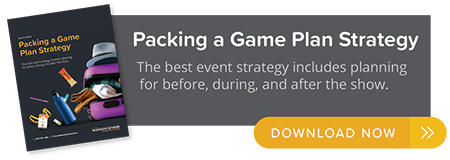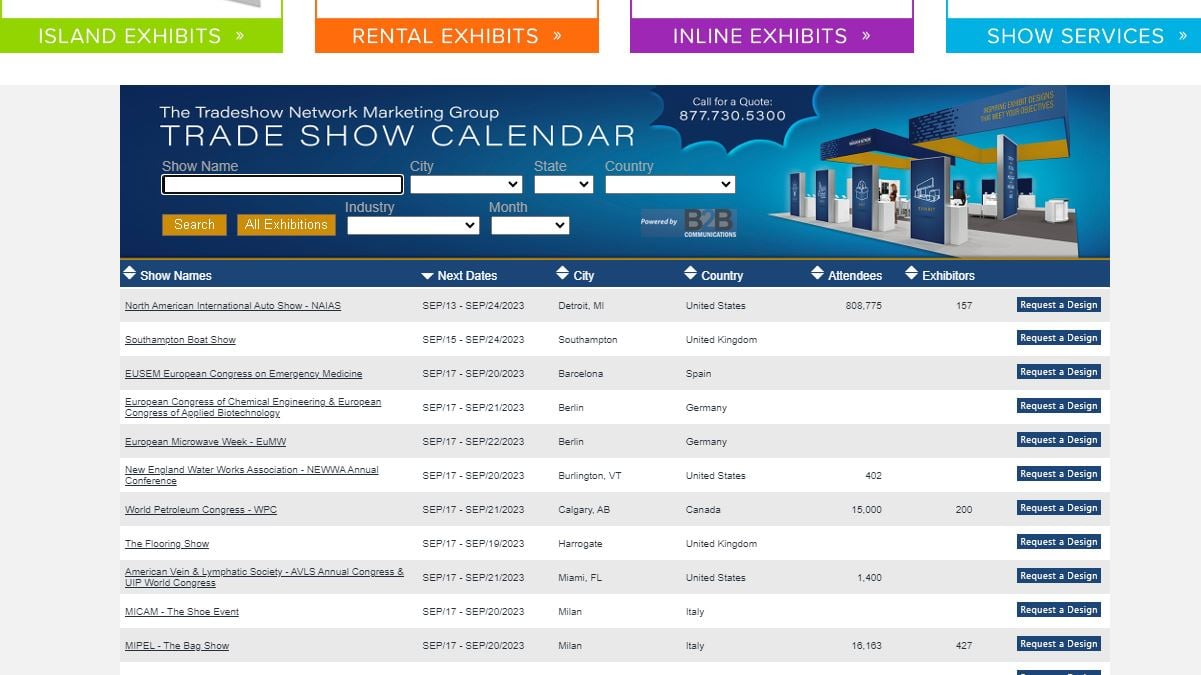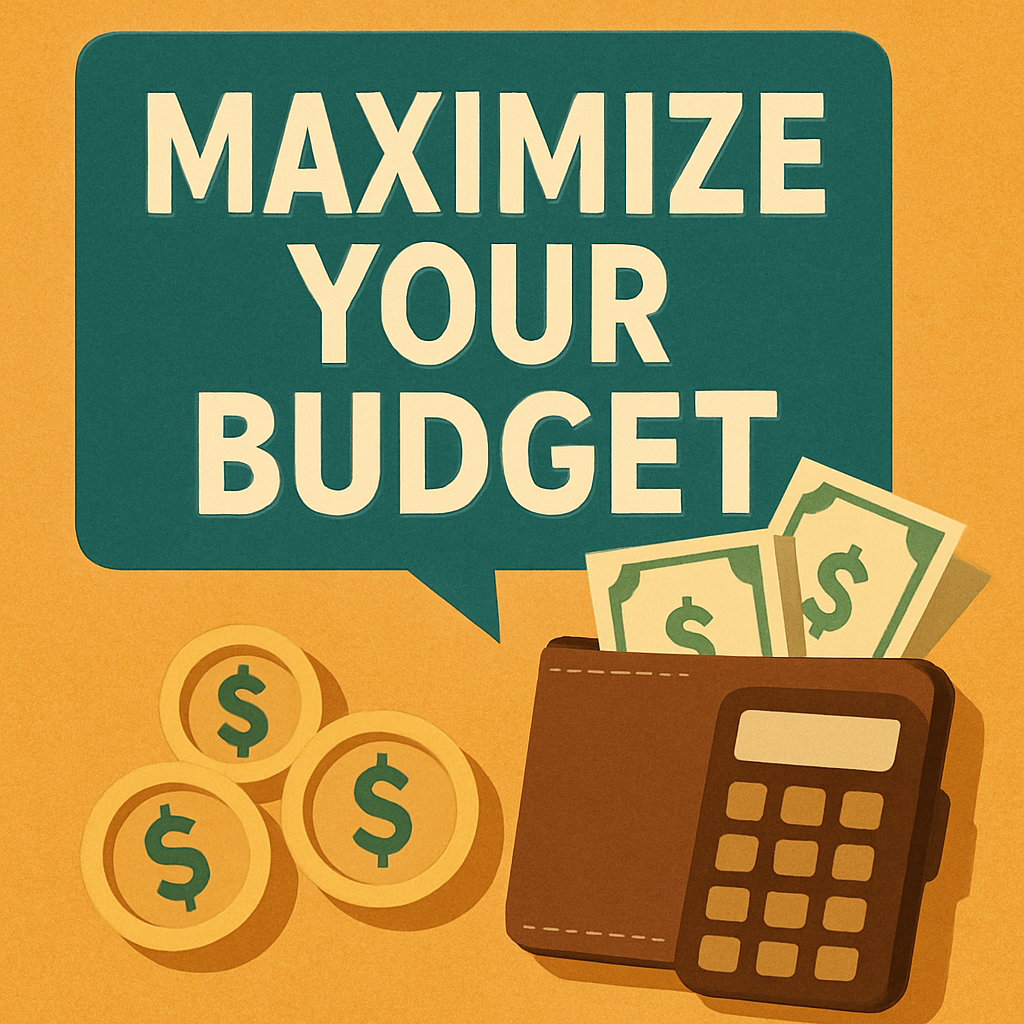It’s a fact of this rapidly-advancing era we live in: Consistently reinvent, or get run over. We see it happening all the time with major, often decades-old companies who fail to keep up, then soon wither and disappear. Yet in the trade show world, it seems that lesson generally goes unheeded. Sure, a few award-winning shows are seeking to push the limits of what a trade show can be. But for the most part, few are willing to take truly innovative risks, especially when it comes to shaking up the floor plan.
That was our topic for this week’s ExpoChat, and the conversation was lively, although not as cutting-edge as it could be. Talking points from the discussion included:
- What are the sacred cows in this industry?

- Who is driving the change?
- How can venues and other show supplier partners play a role?
One obstacle in the way of innovating is the “it’s not broke, so why fix it?” excuse. Problem is, it IS broken. Just ask attendees how much they like the predictable row-after-row of sameness on the show floor!
Then there’s the “it’s too hard — it will mess up our layout and/or setup” excuse. (Which often ties in closely with the “it costs too much” excuse.) True, change doesn’t always come easily, but there are ways to begin to reinvent the old trade show model without throwing out everything you’ve ever known and wreaking havoc.
Some shows have tried non-linear exhibits, often using what’s known as the hub-and-spoke method. But often that can lead to wasted space that impedes traffic flow.
Others have tried creating “neighborhoods” with categories of exhibitors, but that can become complicated when one exhibitor fits multiple categories, or if specific competitors simply refuse to be in proximity of each other.
What show organizers must realize is that it’s not about how you carve up the real estate, but a focus on delivering a meaningful, memorable experience. Often that requires something other than endless rows of exhibits.
There are a few shows who are braving the new show floor frontier. Some are adding open spaces for networking and more informal community-building, while others are using technology to create interactive experiences.
The Society of Automotive Engineers (SAE) completely revamped and rebranded their event this year as the World Congress Experience, or WCX. Some of the new areas on the show floor included:
- Learning Lab featuring cutting-edge product demonstrations with opportunity for hands-on
- Experience Lounge for attendees to relax in an informal space and connect with exhibitors to share ideas or compete in fun events
- Tech Hub showcasing thought leaders in short presentations on hot topics with Q&A and networking
- Innovation Market allowed exhibitors to show off their latest technologies and have attendees vote and share real-time feedback
- Knowledge Bar, where hosts were subject-matter experts available for casual Q&A with attendees
Another of my favorite examples is the American College of Emergency Physicians (ACEP), which created an emergency room simulation on the show floor. At prescheduled times each day, they conducted a realistic crisis scenario demonstrating how treatment could be handled in an emergency room of the future. (I wrote more about them in this article for TSNN.)
This isn’t my first post on how and why shows need to innovate. Back in 2015, I wrote on What Trade Shows Can Learn from IKEA. And while that seemed to spark a bit of controversy (partly due to those who can’t face change), it also garnered attention from more forward-thinking individuals. (Be sure to read the comment from Bill Sell.) Now I’m not saying that every trade show should look like a shopping mecca, but could every show benefit from implementing a few ideas from successful audience-attracting destinations outside the trade show world? You bet!
Reinventing events doesn’t mean dumping everything you’ve ever known and starting over. Instead it begins by listening to the audience to discover what they want and need in order to make their lives and/or jobs better. Then find ways to deliver that experience on the show floor, whether that’s with interactive simulations, facilitated meet-the-experts opportunities, or simply creating themed pavilions where attendees can learn about multiple exhibitors’ products in context.
Above all, remember that trade shows are about creating unique face-to-face opportunities that can’t exist in other forms of marketing. Make that your focus and both attendees and exhibitors will be excited to return year after year.






